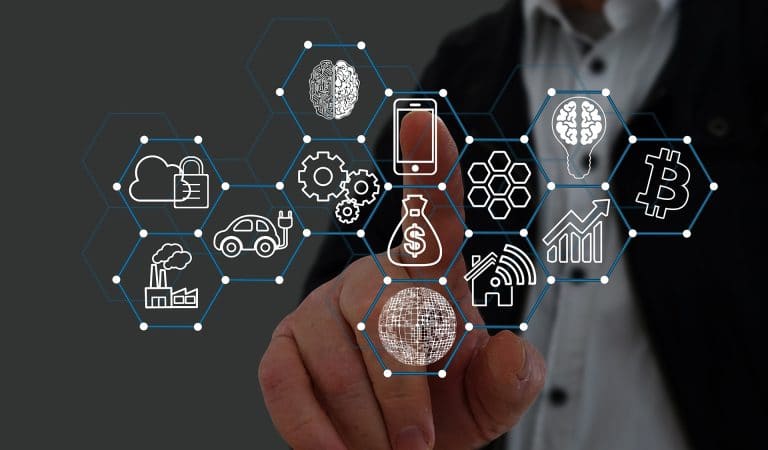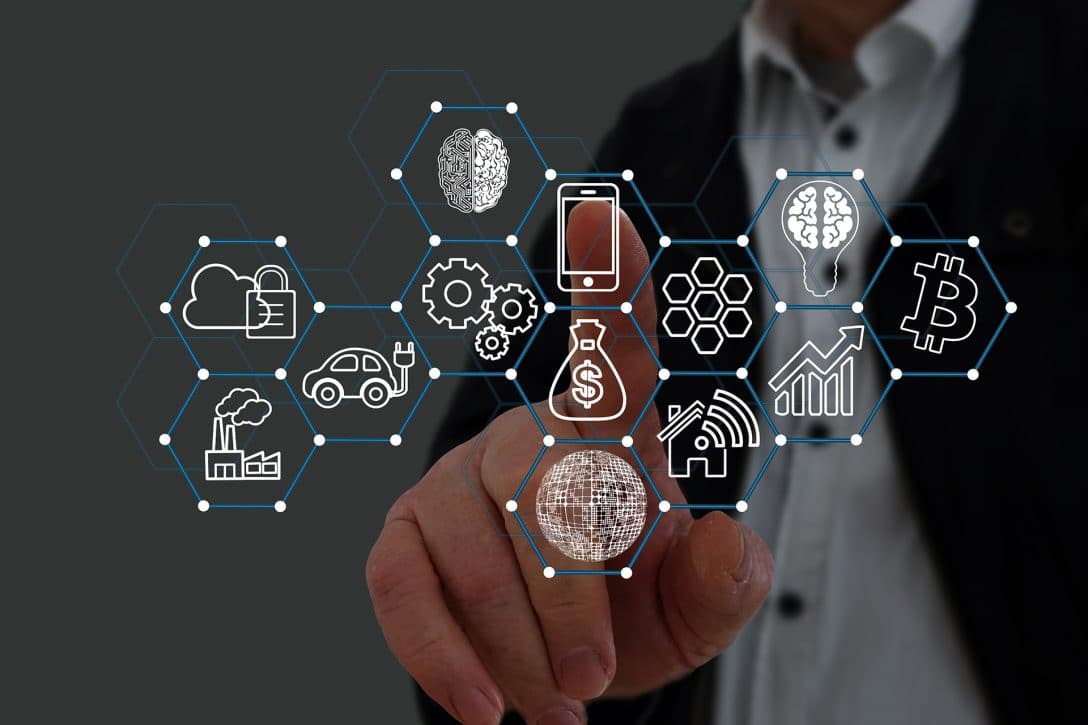5G
5G is one of the most awaited advances in mobile technologies with its associated promises and performances; high speeds, super-low latencies and ultra-connectivity. 5G will make IoT devices even more common and efficient as they will be able to handle much more data and much faster.

Unlike 4G, 5G is much more than a simple improvement in mobile telephony, it addresses a multiplicity of use cases in various sectors, particularly in industry, with new associated cybersecurity challenges. For the first time, the biggest challenge would not be to consider the individual user equipment connectivity point of view but in the connectivity of an unprecedented number of sensors, sometimes less protected than a smartphone, in many sectors with sensitive data – e-health, energy, transport, etc.
As a disruptive technology, the 5th generation mobile network also opens up many new opportunities in providing the highest level of productivity, connectivity and collaboration in many areas such as the smart city and its transport revolution (autonomous vehicles), the increased robotization and automation of factories and what is called the Industrial IoT (IIoT). Indeed, smart cities and Industry 4.0 will both enabling us to work and live more efficiently, safely and productively.
But the development of the Internet of Things in these multiple sectors exposes their users to increased risks of cyberattacks (intrusion, identity theft, security breach, etc.). 5G relies more on decentralized networks than other technologies, making networks more difficult to monitor, control and therefore protect.
5G comes with associated cybersecurity challenges that need to be addressed while considering large deployment of connected devices. Thus, the mass connectivity of all those small objects implies to ensure a proper implementation of security at the device level as well as making sure that the 5G standard secure enough or an additional security layer may be required.
Security parameters, for example are different according to the industry in which it is used but 5G will address and connect different industries. Taking into account the heterogeneous character of 5G landscape is thus a prerequisite, including:
- Realizing the change of scale
With 5G, the connection density is much more important than before with millions of devices to connect in a small area. It represents a large attack surface (e.g. the weak points of a network) and all devices to be secured accordingly.
- Protecting the connected devices
The 5G network is based on the principles of edge computing, which consists of processing data at the edge of the network, near the source, rather than in the data centers
- Protecting the confidentiality and security of communications
5G networks will largely be managed by artificial intelligence and machine learning technologies. These technologies analyze huge volumes of data. End-to-end communications may be encrypted to guarantee their authenticity, integrity and confidentiality as well as protocols to be secured.
- Automating threat detection tools
Finding vulnerabilities and detecting attacks plays an important role in 5G security. Real-time automated threat detection and countermeasures deployment will be needed to secure 5G exchanged data.
Secure-IC provides all necessary protection elements to secure telecom communications (TLS 1.2, 1.3, IPsec, etc.) as well as evaluation capabilities to conduct pen-test on 5G connected equipment so as to verify the security implementation in the embedded electronic components.
Secure-IC has long initiated discussions and studies on 5G security and has closer relationship with the telecom community (such as ETSI, 3GPP, GSMA, etc.) which directly build the standards and the security that will be used in 5G. Telecom world is very much concerned about the risks introduced by backdoors to access data as well as Hardware Trojans on which Secure-IC has developed strong expertise and protections solutions.
Also considering 5G as a serious sovereignty issue, Secure-IC, along with other topics, continues to conduct advanced research and studies on 5G security in order to anticipate any security risks that will be associated with it.
Related Resources & Events
You may also be interested in having a closer look at the elements below:




